Vehicle Handling: Simple Tips to Keep Your Car Safe and Stable
Ever felt your car wobble around a corner or shake when you hit a pothole? That’s a clear sign your handling needs a check‑up. Good handling isn’t just about speed; it’s about staying in control, protecting your brakes, suspension and tyres, and avoiding costly repairs.
Suspension & Shock Tips
Suspension is the backbone of handling. Worn shocks or a bent suspension can make the car feel loose, increase stopping distance, and wear your tyres faster. If you hear clunking noises over bumps or the car leans excessively, it’s time to inspect the shocks, struts and any bent arms. Replacing a bad shock is usually quick and saves you from uneven tyre wear later.
Keep an eye on the alignment too. A mis‑aligned wheel throws the car off‑track and stresses the suspension. A simple alignment check at Northwich Tyres Centre can straighten things out and improve both handling and fuel economy.
Brake & Clutch Checks
Brakes are the other half of handling. Switching only rear brake pads might feel okay at first, but the front does most of the work. For balanced stopping power, replace pads in pairs and check the discs for scoring. If you notice a pulsating pedal or squeal, get the system inspected before a MOT.
The clutch plays a subtle role in handling, especially on manual cars. A slipping or burnt‑smelling clutch can make gear changes jerky, reducing control on hills or in traffic. If the clutch feels soft or you hear a grinding sound, don’t wait – a prompt replacement keeps your drive smooth.
Tyre health ties everything together. Under‑inflated or unevenly worn tyres change the car’s grip, making cornering unpredictable. Rotate them regularly, check the tread depth, and choose the right tyre size for your vehicle. Premium or affordable, the key is matching the tyre to your driving style.
Quick DIY checks:
- Push down each corner; the car should bounce back once.
- Listen for any grinding or squealing when you brake.
- Feel for any pulling to one side while cruising.
- Check tyre pressure weekly and before long trips.
When in doubt, swing by Northwich Tyres Centre. Our team can diagnose suspension damage, fit fresh brake pads, test clutch performance and fit the right tyres – all to bring your vehicle handling back to peak.
Remember, solid handling isn’t a one‑time fix. Regular checks on suspension, brakes, clutch and tyres keep you safe, save money, and make every drive feel smoother. Got a specific issue? Grab one of our detailed guides – from “Can You Drive With Bad Suspension?” to “Are Expensive Air Filters Worth It?” – and get the answers you need.
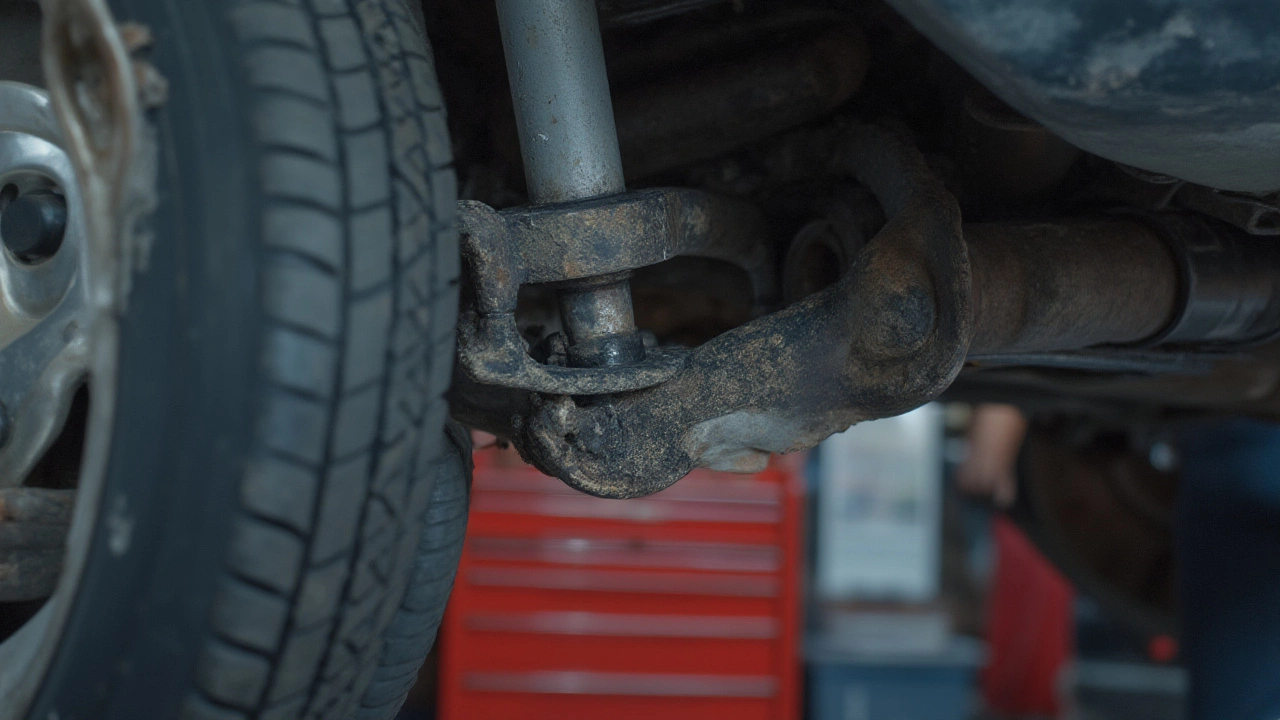 6 July 2025
6 July 2025
Bad Struts Symptoms: Signs Your Car Suspension Needs Attention
Discover key signs of bad struts, their impact on safety, and practical tips for car owners. Stay ahead of car suspension problems with clear, reliable info.
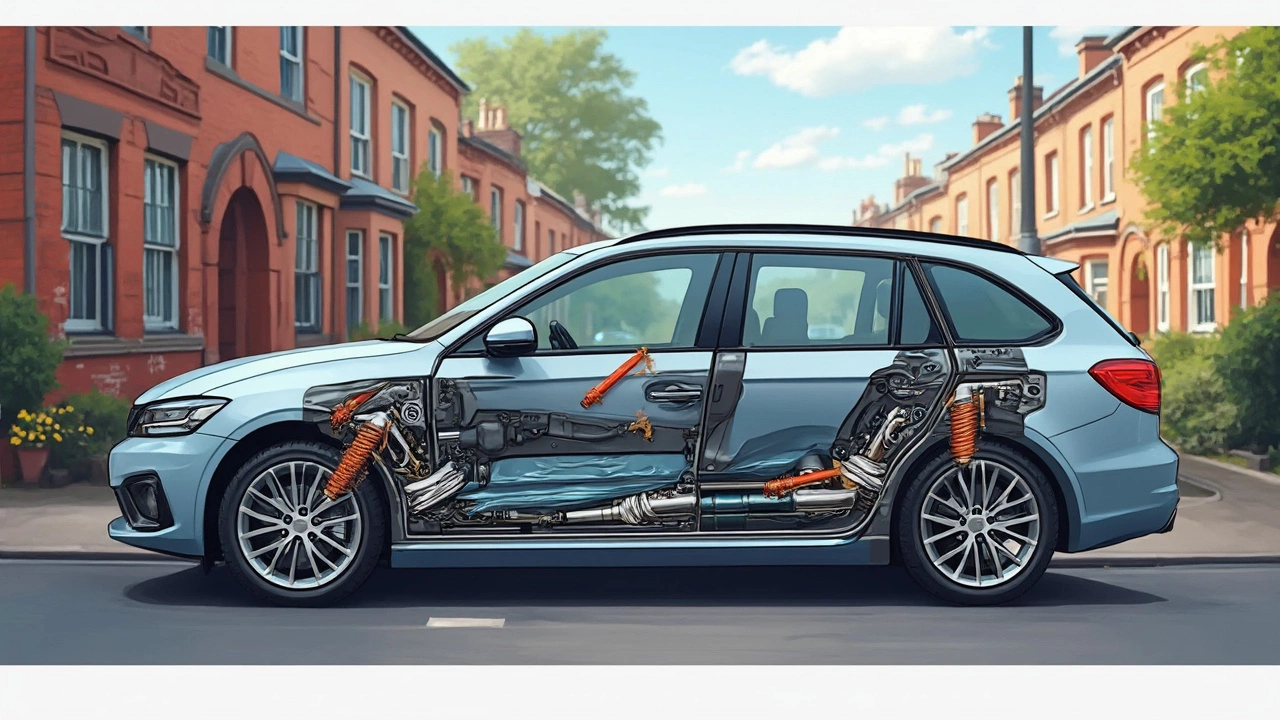 10 June 2025
10 June 2025
Suspension Parts Explained: What’s Under Your Car?
Your car’s suspension is a network of parts working to keep your ride smooth and safe. From shocks and struts to control arms and bushings, each component plays a role in how your vehicle handles bumps and corners. Understanding what’s under your car can help you spot problems sooner and save you money on repairs. This article breaks down each part in simple terms so you never feel confused at the mechanic’s shop. Ready to see what’s holding your wheels together?
Latest Posts
-

Loudest Exhaust Types: A Deep Dive into Decibels and Roar
-
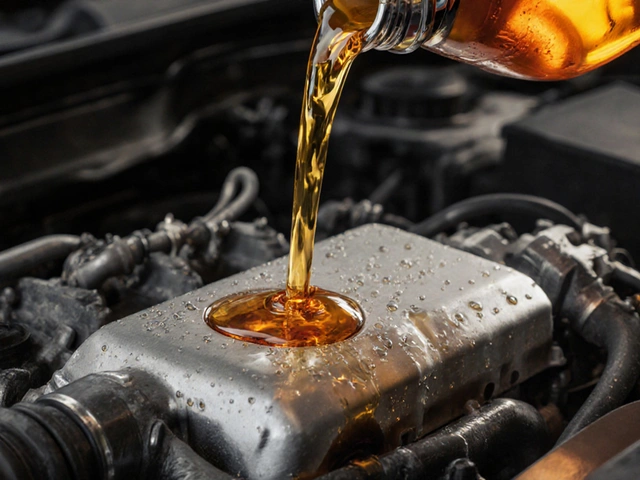
Using Regular Oil Instead of Synthetic: Risks, Effects & What to Expect
-
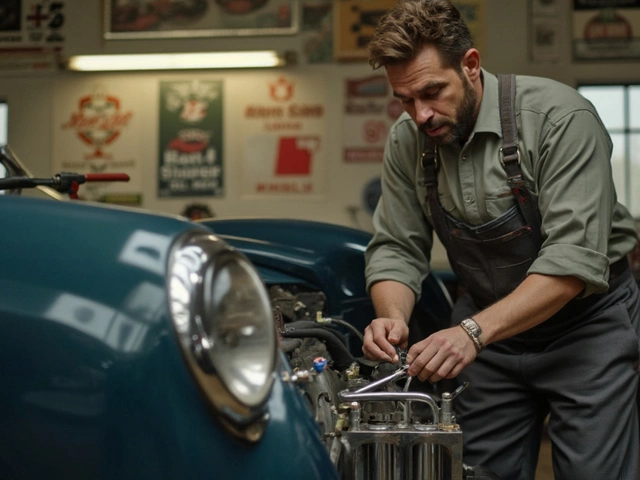
Disconnect Battery First? Swapping Out Your Fuel Pump Safely
-
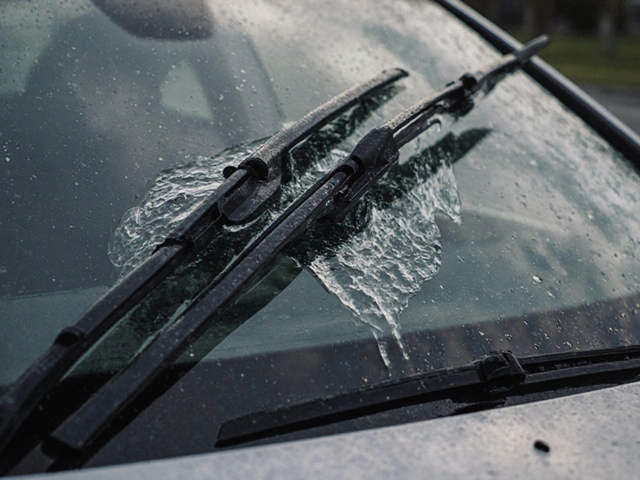
Can You Use a 17 Inch Wiper Blade Instead of a 16? Here's What Really Happens
-

Do Alloy Rims Rust? The Truth About Alloy Wheel Corrosion and Maintenance

0